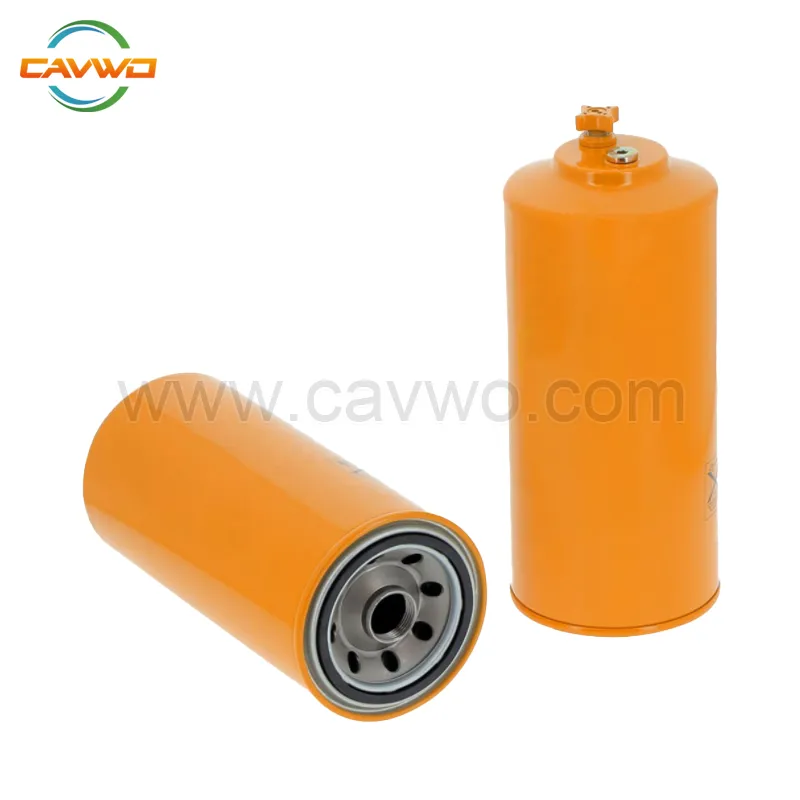How to select the correct brake discs for your vehicle?
Approximate dimension
Brake discs are as small as 140mm in diameter for regular bikes and cross-country specific bikes, and up to 205mm for mountain bikes. Typically, road and motocross use 140 to 160mm, mountain bikes use 160mm, cross-country skiing uses 160 to 180mm (sometimes a mix, with larger rotors up front), and larger vans use 180mm, or even 200 to 205mm. Larger rotors can dissipate heat over a larger surface area, but are heavier, so you need rotors that can match the smallest minimum rotor compared to the usual riding style.

What limits the size of brake rotors in a vehicle?
The bigger the better is the basic idea. But it is also more expensive and heavier.
The maximum size of a disc brake is the size of the wheel. Beyond that, it is bound to impact the ground and become the wheel. The maximum actual size is limited by the inside diameter of the rim. Most conventional automotive brakes place the disk on the hub, with the rim covering the disk.
The original reason for the "big rim" was that it signaled a brake upgrade. As brakes with larger rotors improved, larger rims were needed. Now you can see cars with huge rims and tiny drum brakes.
The biggest advantage from larger rotors is not better braking through mechanical advantage (although it does exist in theory, the limiting factor is almost always the grip of the road and therefore does not help to brake).
The single biggest advantage is improved heat resistance. There are two reasons for this. First, the larger rotor will have more cooling area and therefore be more resistant to fading. Second, the larger diameter will have a greater mechanical advantage with the fade setting and therefore work better under fade.
How to select the correct brake discs for your vehicle?
You can try using the registration number you purchased to narrow down the brake pads and discs for your customer's vehicle. These systems may not provide enough information to narrow down the results to the exact type of brake discs for your vehicle. Providing a customer with all brake pads for their make and model may require selecting the correct item from the range listed. For example, two Audi A3's of the same year and engine size may require different types of brake discs. These differences can be attributed to the factory plant of the vehicle or what additional features it has. The best way to ensure that you get the correct discs is to check the diameter of the installed discs. To measure the diameter, you may not have to remove the grinding wheel, but this will make the measurement process easier. You may also want to record this size for future reference. After checking your own brake disc diameter, you can use it as a reference for the dimensions quoted on our website.
Recommended article:
Automobiles & Motorcycles
Power Steering Oil Seal vs. Power Steering Pump: What's the Difference?
Benefits of Car Mats: Keeping Your Vehicle Clean and Well-Maintained
Do You Know TG4 Oil Seal?
Kubota Oil Seal Replacement Cost: Budgeting for Maintenance
Exploring the Distinctions: E-Scooter vs. E-Moped
What should be paid attention to in the process of disassembling the automobile leaf spring
Allmax Brake disc thickness:
For accurate measurement, use a digital micrometer, or you can use a tape measure.
Mounting position:
This is the position of the brake disc, for either the front or rear axle.
Diameter:
This is the diameter of the brake disc.
A number of holes:
This corresponds to the number of bolts on the wheel. If the wheel has four bolts, a brake disc with four holes is required.
Pitch circle:
The pitch circle or pitch circle is a conceptual circle determined by the position of the bolts. The center of each bolt is located on the circumference of the bolt circle.
Hub Diameter:
The hub diameter will be the size of the center hole of the disc or the diameter of the hub where the disc is also to be mounted.
Featured content:How EPDM rubber sealing strips provide superior protection against the elements
How to replace an oil seal on a truck?
Do more expensive oil filters work better?
Who owns Crestron?
crestron@groups.io | updating firmware from script
6 Types of Weather Stripping You Should Consider for Your Doors
How much does it cost to replace a radiator?




